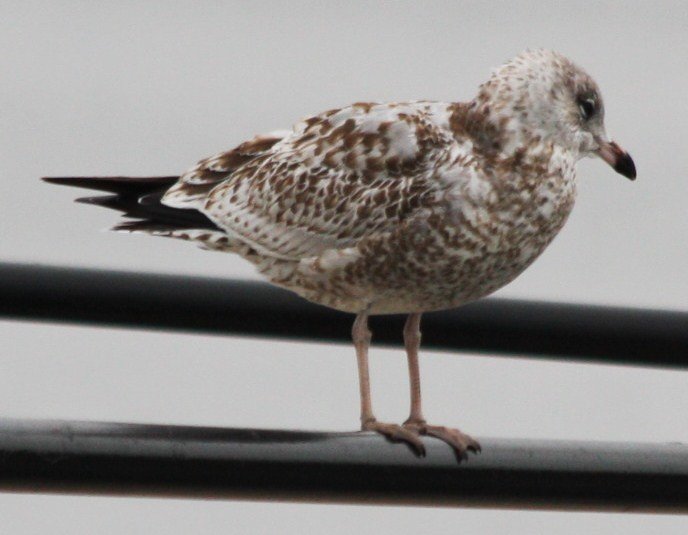A marina proprietor also confirmed for Two on Your Side that in recent weeks, hundreds of dead birds have been washing up on the shore near Gallagher Beach and the Union Ship canal.
They are ring billed gulls, mostly juveniles or fledglings.
The New York State Department of Environmental Conservation (DEC) says it is aware of the bird kill, but has thus far determined it to be a natural occurrence.
According to a DEC spokesperson, Wildlife Biologists from the agency responded to observations and reports of dead birds along the Lake Erie Shoreline from Wilkerson Point to Union Ship Canal and investigated the entire length of the shoreline area.
The bird mortality they observed was limited to first year, ring billed gulls. They also observed numerous healthy Ring-billed gulls and other species of water birds, and did not observe any evidence of avian disease or environmental issues.
The DEC has thus far attributed the bird kill to annual compensatory mortality common to large colonies of colonial water birds, and noted that sometimes, after windy weather, younger birds nesting on the wall areas enter the water and succumb to pre-flight drowning.
Comment: The above video shows that the dead birds were fully fledged juvenile specimens and not flightless chicks.
"The die off of young birds among colony birds like this is very high...sometimes as much as 80 percent," said noted avian watcher and naturist Gerry Rising. "Four out of five eggs don't make it to adulthood," Rising said.
According to the DEC, for several decades, the former Bethlehem Steel plant has become an established nesting site of an enormous Ring-billed Gull nesting colony. A portion of the colony abuts the Union Ship Canal. There are about 26,000 nesting pairs of ring bills on that site, which means there are approximately 3 chicks hatching for every pair, resulting in an estimated 78,000 chicks.
As well, first year chicks face fierce competition in their first year.
"If we were to go out to where they were nesting, there would be thousands of gulls," said Rising. "They are just crowded cheek to jowl. There's starvation, there's predators, there's all sorts of things that can hit them hard."
According to the DEC, ring billed gulls represent the most abundant gull in the United States.
Despite the massive die off being observed locally, Rising says ring bill populations should not be considered threatened.
"This is a kind of a normal thing and we've got over population of these birds," said Rising. "We've got some bird species in serious trouble, but these gulls are not one of them."




Reader Comments
to our Newsletter